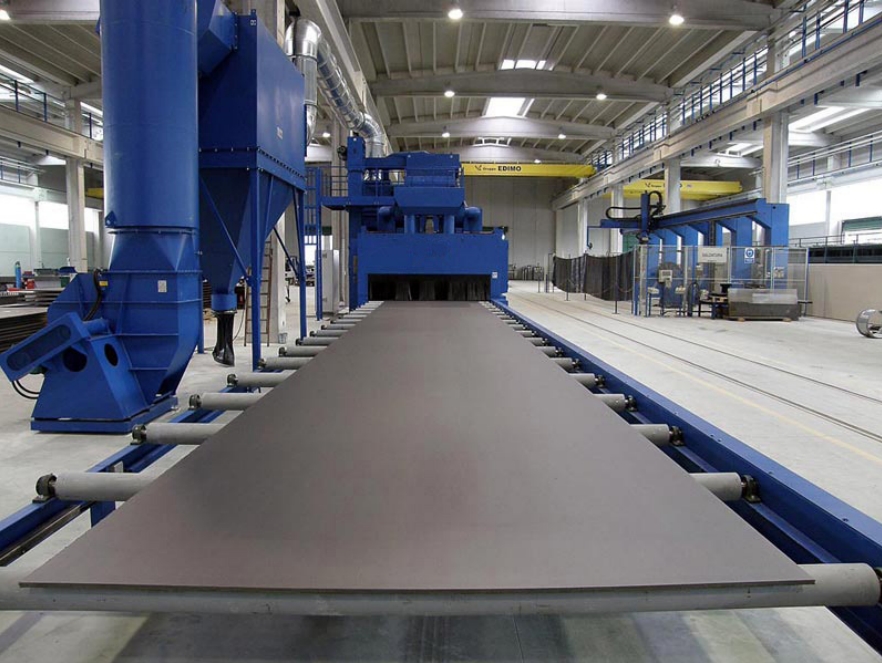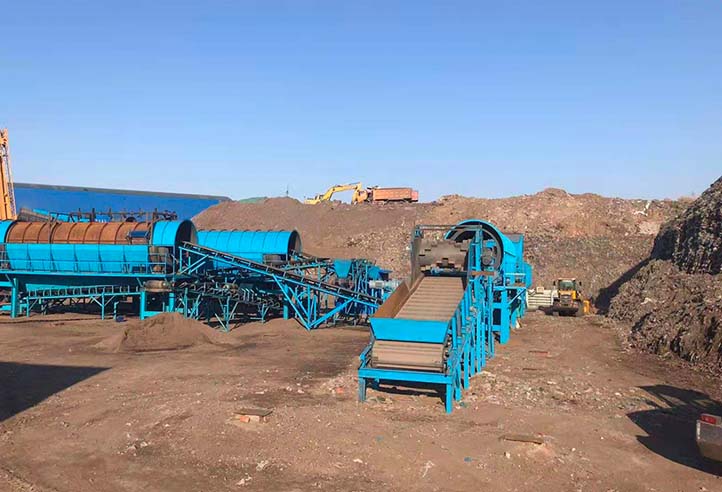1. Loading Steel Plates: It's an Art Form
The way you feed steel plates into the shot blaster makes or breaks your operation:
Stack thicker than 1"? You'll get shadow marks that require rework
Overlap edges by 2-3" or you'll create unblasted stripes
Pro tip: Mark plate edges with chalk - when it disappears, you've got full coverage
2. The Steel Plate Shot Blasting Machine Diet
Your machine is picky about its abrasive:
Forged steel shot lasts 3x longer than cast on thick plates
Watch for "flat spots" - when more than 30% of shot isn't round, replace it
Never mix sizes - 0.8mm and 1.2mm media together will clog your system

3. When Your Steel Plate Shot Blasting Machine Talks, Listen
The sounds tell all:
Healthy hum = smooth sailing
Random "pings" = broken blades
Deep "thuds" = abrasive buildup
4. Temperature Swings Will Bite You
Steel plate shot blasting machines hate weather changes:
Below freezing? Media flows like cold syrup
Above 90°F? Bearings overheat fast
Fix: Insulate hoppers in winter, add ventilation in summer
5. The Dust You Can't See is the Deadliest
Even the best collectors miss:
Check the "white glove test" weekly
If your safety glasses fog while working, your filters are failing
6. Maintenance That Actually Matters
Skip these at your peril:
Monthly liner thickness checks (use a depth gauge)
Quarterly bearing repacks (grease turns to wax after 500 hours)
Annual electrical checks (corroded terminals cause 40% of fires)
7. Production-Killing Mistakes
I've seen these ruin shops:
Running wet plates (creates concrete-like buildup)
Ignoring conveyor misalignment (wears out parts 5x faster)
Bypassing safety switches (just don't)
